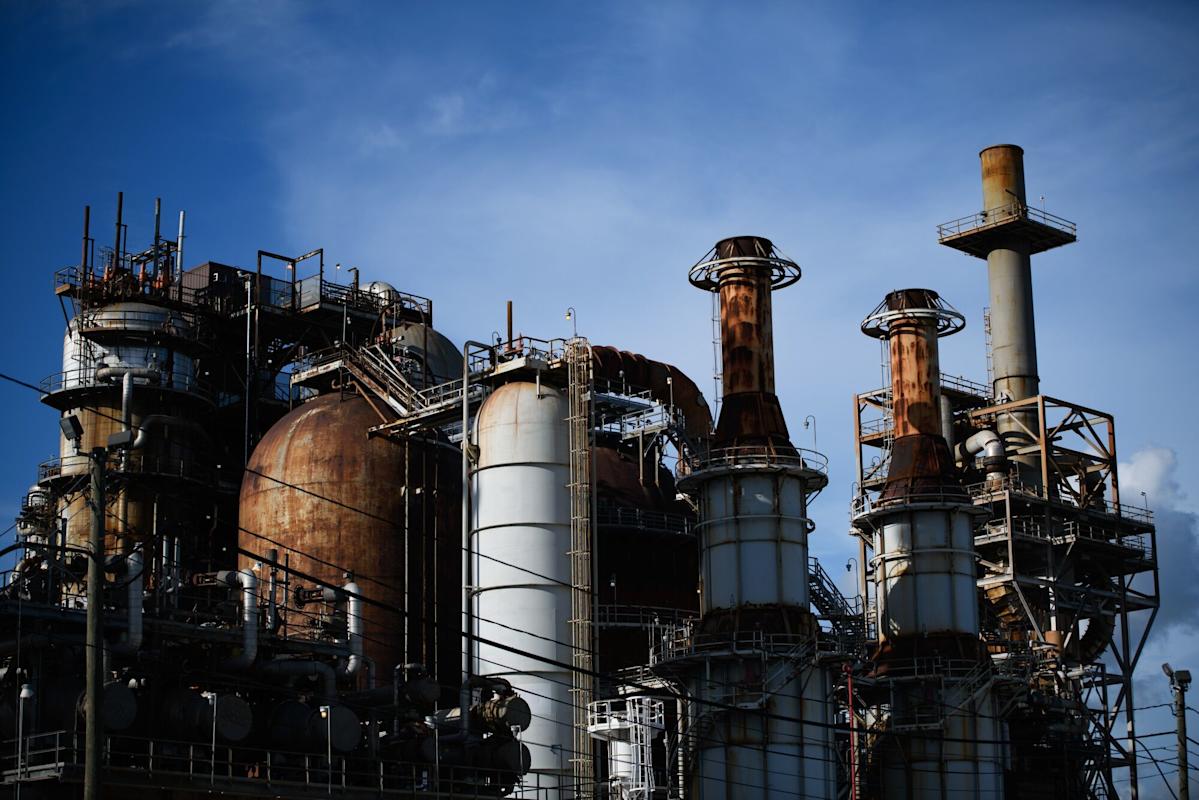(Bloomberg) — Oil traders are grappling with a tension — there’s a growing chorus of warnings about the market weakening later this year and into 2026, but for now prices are holding strong near $70 a barrel.
Most Read from Bloomberg
France’s TotalEnergies SE last week warned the market is facing abundant supply as the OPEC+ group unwinds output curbs, even as slowing global growth weighs on demand. Norway’s Equinor ASA said its new Johan Castberg field is operating at full pelt, with a Brazilian offshore asset starting soon, a reminder of additional barrels expected from outside the producer group.
Both the International Energy Agency and the US Energy Information Administration earlier this month bolstered their estimates for the surplus they see next year. The two widely-followed forecasters expect supply to eclipse demand by the most since the pandemic, with the IEA’s projection at 2 million barrels a day.
A surplus that pushes prices lower will help tame inflation, hurt high-cost producers and likely please US President Donald Trump who has called for lower prices since taking office.
It’s a stark contrast with the here and now, where inventories at key storage hubs remain low, reflected in a bullish market structure that indicates tight supplies. Profits from turning crude into fuels are also far above seasonal norms, underpinning demand for crude.
“One of the issues that has been supporting oil has been the seasonal strength of the summer months,” Francisco Blanch, head of commodities and derivatives research at Bank of America Corp. said in a Bloomberg TV interview. “Second half of the year the surplus is going to be close to 200 million barrels,” which will ultimately weigh on prices, he added.
While most of the IEA’s revision of next year’s outlook centered on output additions by the Organization of the Petroleum Exporting Countries and its allies, who will meet to discuss output levels in early August, there were also some less obvious drivers. Forecasts for the supply of biofuels, which compete with conventional oil, are about 200,000 barrels a day higher than two months ago in the agency’s estimates.
The US government now sees global oil supplies about 2.1 million barrels a day higher in the fourth quarter of this year than the first, the biggest increase it has seen over the period since February. The two bodies’ forecasts constitute an important element in traders’ evaluations of how the market will unfold.
Story Continues
For now, signs of robust demand remain.
Leading oil trader Vitol Group said last week that jet fuel demand has been steadily climbing, with flight numbers reaching all-time highs. US weekly oil-demand figures are the highest this year. That data has been revised higher in final monthly readings for four of the last five periods where complete figures are available.
And while the global trade war offers reason to be concerned about consumption, historically demand estimates have tended to be revised higher too, suggesting that the currently-expected surplus could narrow.
From 2012 to 2024, the IEA’s demand forecasts have ended up being on average close to 500,000 barrels a day higher than when the estimate was first issued, as more data became available. That excludes 2020, when the global pandemic transformed consumption patterns.
Still, once the summer’s strength wanes, a global surplus is likely to emerge, according to Natasha Kaneva, JPMorgan Chase & Co.’s head of global commodities strategy.
“Supply is increasing,” Kaneva said in a Bloomberg TV interview. “At some point this inventory build will start showing up in visible inventories in OECD countries like the United States. At the moment it’s not priced in.”
—With assistance from Julian Lee, Grant Smith, Kari Lundgren, Lisa Abramowicz, Scarlet Fu and Romaine Bostick.
Most Read from Bloomberg Businessweek
©2025 Bloomberg L.P.
